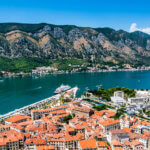Situated in the southeastern part of Europe, the Balkan Peninsula covers the countries of former Yugoslavia, as well as Romania, Bulgaria, and Albania. These countries were part of the former communist bloc until the 1990s. For this reason, they have started to develop their tourism industry more seriously only after this time frame. The region still has relatively unknown, new destinations, and travelers underrate many of them.
There are countless ways to see how the Balkans has become one of the relatively new tourist regions of Europe. Although some of these countries are part of the European Union (e.g. Romania, Bulgaria, Hungary), largely, they are still not part of the Euro Zone. This means they are still budget destinations compared to countries in Western Europe. Not to mention other Balkan countries (e.g. Albania, Macedonia, Serbia), which haven’t yet joined the European Union. In short, the Balkan Peninsula features remarkable places that are extremely accessible on a very low budget.
Here is my short list of lesser-known places to go in the Balkans, why they’re worthy to be visited, and some cultural and historical information about each of them:
1. The historic center of Sibiu, Romania
Sibiu was the first European Cultural Capital in southeastern Europe in 2007. It was an effervescent year, full of cultural events that helped the city to become an important destination on the tourist map. This part of the country (South-East Transylvania) has a strong imprint of the German settlers that came here 800 years ago. Sibiu has the largest and best-preserved urban historic center in Romania. It was nicknamed ‘Little Vienna’ while it was part of the Austro-Hungarian Empire. The combinations of medieval architecture and baroque elements have created an authentic cultural mix over the centuries.
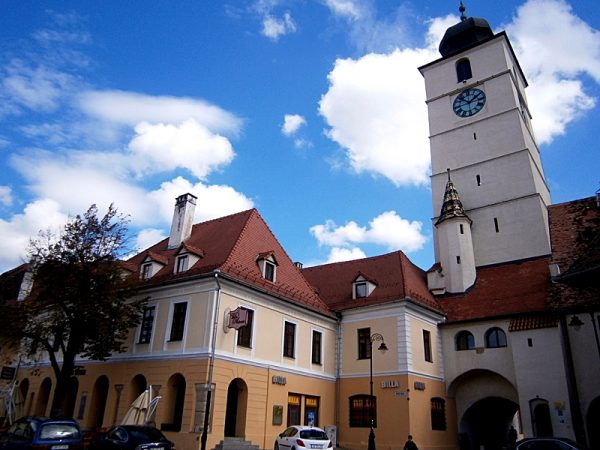
Living in Sibiu has been the most rewarding period of my life. The moment I moved here, I couldn’t believe how many day-trips were easily accessible in the area. Transfăgărășanul, one of the most spectacular mountain roads that cross the Carpathians is only one hour away from Sibiu. In addition, more than 200 fortified churches spread throughout the Transylvanian tableland, in villages founded by German settlers during the Middle Ages. Between these villages, there are infinite bike routes that cross a wild countryside scenery. And in Mărginimea Sibiului, one can taste the most delicious cheese in this part of the country, called caș.
2. The Ohrid Town and Lake, Macedonia
Lake Ohrid is one of the deepest (300 meters deep) and oldest (some say 3 million years old) lakes of tectonic origin in Europe. It has no less than 200 endemic species of flora and fauna. The Galičica Mountains border the eastern shores of the lake. At the feet of these mountains, traditional villages are perched on the steep slopes or sit near the pebbled beaches of the lake.
Known as the town of 365 churches (one for each day of the year), Ohrid has been thought of as the second Jerusalem. Listed as a UNESCO heritage site for its unique heritage values, the town is considered the oldest architectural ensemble in the southeastern part of Europe. Formed on the shores of Lake Ohrid between the 17th and 19th Centuries, Ohrid is also well known for its local pearls, manually produced by the Talevi and Filek families from the scales of the plashica (an endemic fish in Ohrid Lake). What has impressed me in the old town of Ohrid is the cultural and ethnic combination that exists between the Christian neighborhood and the Turkish Bazaar.
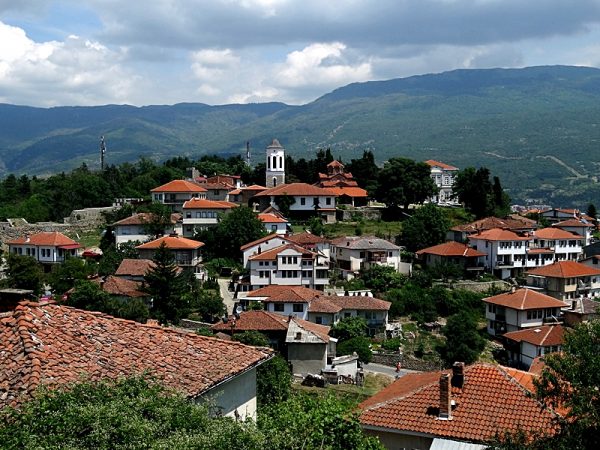
3. Veliko Tarnovo old town, Bulgaria
Situated in the valley of the river Yantra, Veliko Tarnovo is one of the oldest towns in the country. The medieval fortress Tsarevets was a real medieval town, with a palace, church, residential and economic buildings, water reservoirs, and defense towers. In the historic center, the pedestrian streets (Gurko and Samovodskata Charshia) feature craft workshops and have a lively atmosphere, similar to the old Turkish Bazaars. There, I bought a traditional headscarf made of silk, with vivid colors.
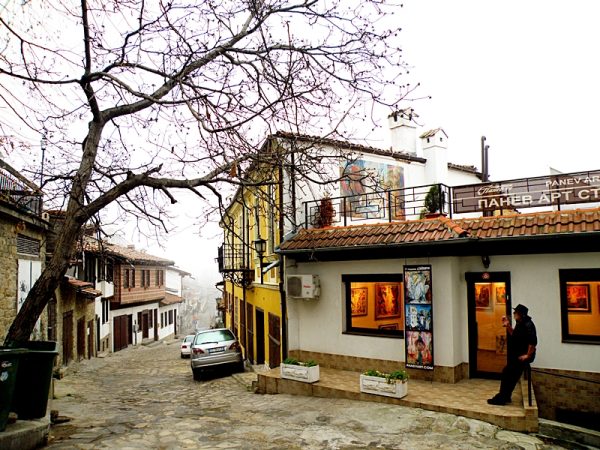
In the surroundings of Veliko Tarnovo, there are many options for rock climbing. If extreme sports aren’t on your bucket list, the tiny village of Arbanasi, tucked in the mountains, is an authentic example of the Balkan lifestyle from the countryside. And some of the most popular Orthodox monasteries in the region (Patriarsheski, Preobrazhenski) are a proof of the ancient Christian faith.
4. Climb to the top of Mount Triglav, Slovenia
The National Park Triglav has been listed as a UNESCO heritage site in the network of biosphere reserves. Mount Triglav (meaning “Mount Three Heads”) is the highest peak in the Julian Alps (2864 meters altitude). Climbing this mountain has become a tradition to confirm one’s Slovene identity since the 19th Century when Slovenia was part of the Habsburg Empire. The trails pass glacial lakes and valleys, karst springs and waterfalls, as well as herdsmen’s settlements scattered at the feet of the mountains.
The most popular route to climb Triglav is from Pokljuca (near Lake Bled) or from Savica Waterfall (near Lake Bohinj). The trek lasts at least two or three days and there are mountain huts that make it possible to stay overnight in the mountains. Mount Triglav is not easy to climb though—especially in winter. Therefore, the best time to hike Triglav is in autumn (September – October) once the summer rains have stopped.
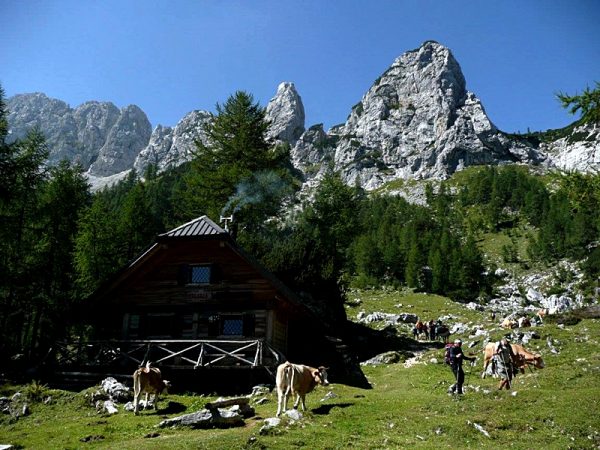

5. The fortress of Berat, Albania
Named the “town of the 1000 windows”, Berat has been listed as a UNESCO World Heritage Site due to the rare examples of Ottoman architecture that it still preserves. In particular, the old town of Berat features the hilltop medieval fortress (kala) that is still lived in to this day. This has a strategic setting overlooking the valley of the Osumi River from atop. After I climbed down from the fortress, I couldn’t miss the old neighborhoods sitting at the foot of the hill—Mangalan (situated below the fortress) and Gorica (located across the Osumi River). Both neighborhoods are a genuine journey into the picturesque Ottoman architecture, with whitewashed houses made of stone and hidden courtyards shaded by green lush vines.
From a cultural and religious point of view, Berat still witnesses the coexistence of different communities. The traditions of the Ottoman Islam merge and respect those of the Christian Orthodox, creating a cityscape marked by the existence of mosques and churches.
Nearby Berat, I ventured on winding mountain roads and reached the Grand Canyon of Albania, the Osumi Canyon. The canyon is perfect for a rafting trip in spring. In summer, though, swimming in the azure waters of the river might be the best idea when it is 45℃ (113°F).
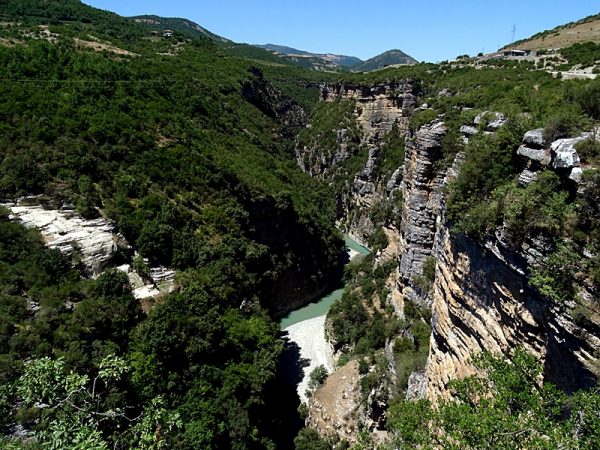

6. The cultural city of Novi Sad, Serbia
Another lesser-known place to go in the Balkans is the laid-back city of Novi Sad. Novi Sad is one of Serbia’s main cultural hubs and lies on the riverbanks of the Danube. The historic center of the city is interspersed with old kafanas (traditional Serbian taverns), where you can taste the Vojvodinian cuisine and experience tamburitza bands (a traditional string instrument). I remember the delicious cabbage rolls with meat (sarma) that I ate at a small restaurant on Dunavska Street. These are a must-try.
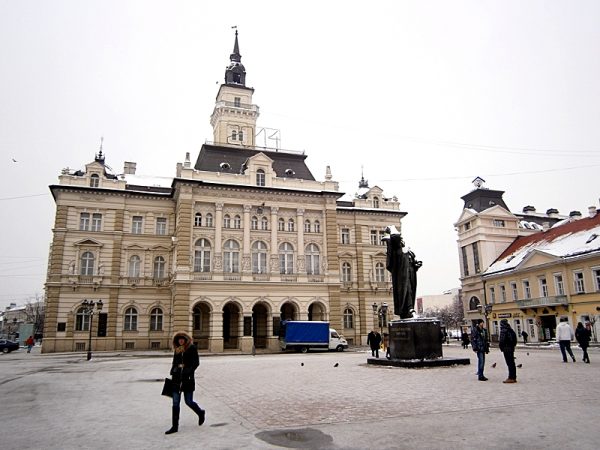

On the other side of the Danube, the old neighborhood of Petrovaradin sits at the feet of the imposing Vauban fortress, which dates from the 17th Century. Home to the EXIT Festival (one of the best music festivals in Europe), the fortress is aptly nicknamed the “Gibraltar of the Danube”. Wandering through the countless moats (once filled with water) of the fortress was a priceless experience for me, and I received an enriching and genuine history lesson.
Near Novi Sad, the Fruška Gora mountain has been considered “the Serbian Mount Athos”. Here you can find a complex of no less than 17 Christian Orthodox monasteries, some of them dating back to the Middle Ages.
Suggested next reading: 6 Not Well Known Places You Should Visit In The Middle East
